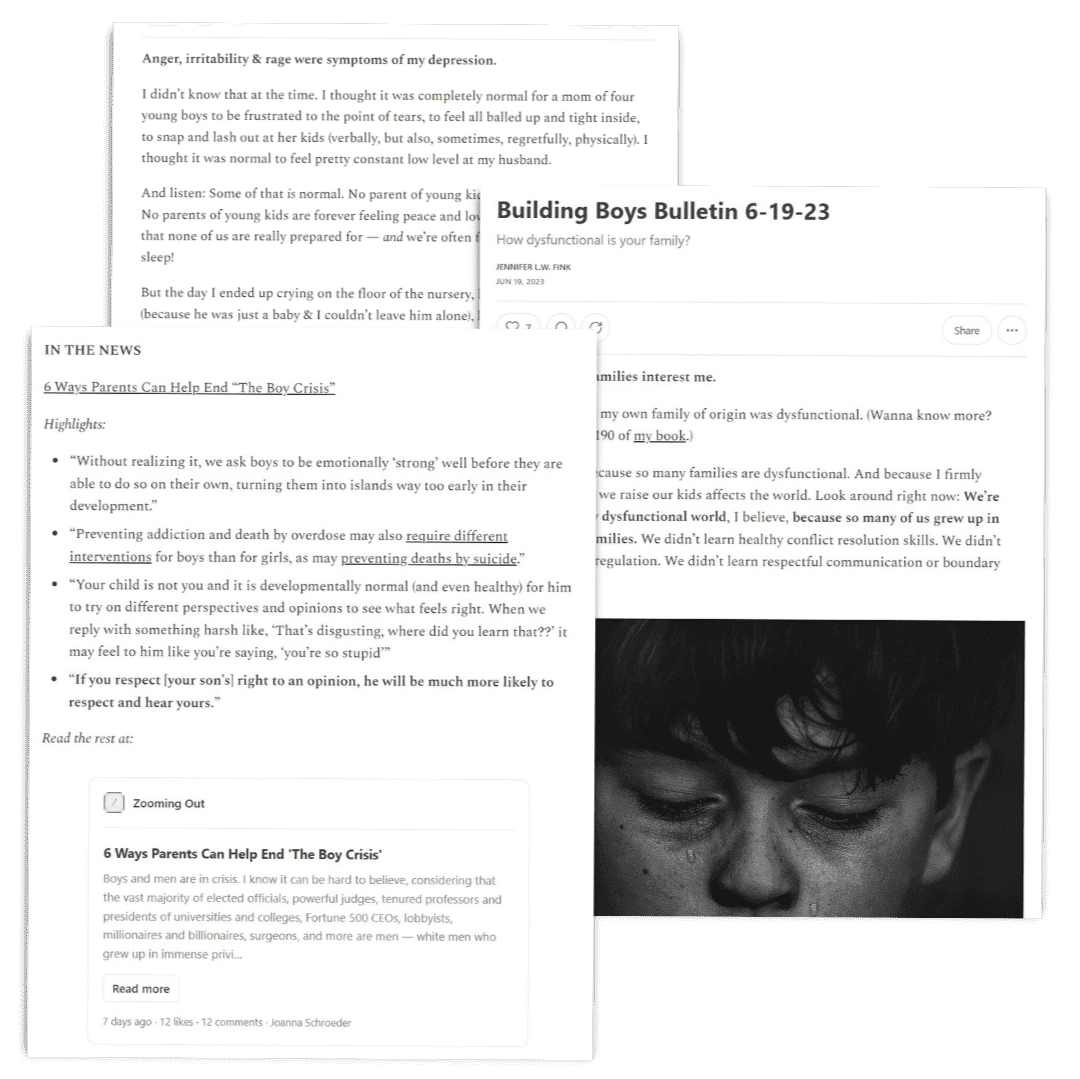Whether your children ride a traditional school bus or an emerging ride-share option like Zum transportation, discipline problems can still arise. Handling problems like rowdy students and bullying on the bus requires parents and schools to work together.

What can each party do to help the bus ride remain safe and secure for all riders? Let’s explore that topic.
The School’s Responsibilities
Each school sets rules about bus behavior requirements. They can create disciplinary options as well as incentives for good behavior.
1. Start each school year with a review of the bus rules and expectations for behavior. Use a safety angle to your presentation, rather than focusing on behavior. When you focus on the personal safety of each child, you communicate that you care about what happens to each child. While one child may bully others, they typically prioritize themselves. Focusing on their own safety underlies this self-respect and self-preservation.
2. Create an easy-to-follow, easy-to-remember rule set. Providing a “why” behind each rule can help enforce it.
3. Use buses with lap and shoulder seat belts and require their use. In Palmdale, CA, a switch to buses with seatbelts reduced discipline problems to almost nil. Buses without seatbelts continued to report problems.
4. Provide activities for children, such as books to read or drawing pads with instructions for basic art. This provides each child with something that addresses their own interests and occupies their time. Kids tend to get in trouble when they are bored because their boredom can cause them to act out.
5. Incentivize good behavior. Have bus drivers monitor students’ good behavior, too. Each week, reward children who created no problem whatsoever with a ticket that they exchange in the school’s office for a small treat or reward. When you incentivize good behavior, you provide a reason for a child to adhere to rules. Rather than a bribe, it provides a life lesson. In the work world, for example, they will receive better performance reviews at work if they continually exhibit professional behavior, complete their work on time, and show that they work well with others.
6. Use a school bus behavior school during the lunch hour for kids who misbehave. Adults attend defensive driving school when they get a speeding ticket or DUI. This applies the same concept to kids who misbehave on the bus. They eat their lunch while in the review session.
The Parental Responsibilities
7. Reinforce the school’s rules at home to ensure your child receives accolades instead of demerits. When you provide a rule set that duplicates the school’s or post the school’s rules at home after reviewing them with your child, you reinforce the importance of good behavior.
8. When the school informs you of a problem with your child’s behavior or that your child suffered from another child’s misbehavior, take it seriously. The bullying issue aside, your school bus driver needs quiet to concentrate on the road while driving. If children create a riotous environment on the bus or physically fight on the bus, it can create an unsafe driving condition that could lead to an accident. If your child bullies others, they may need counseling.
9. Show up for school meetings. Your child’s school works hard to provide a safe learning environment for your child and everyone else’s, too. Show up for parent-teacher, parent-principal, and parent-driver meetings, so you can help create a safe environment for your child and others.
By working together, schools and parents can create a better school commute for children. Help keep your child safer by working with their school for better bus behavior.
This post may contain affiliate links






